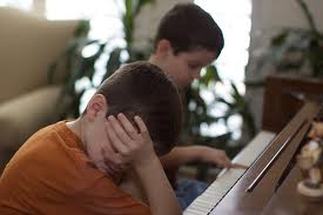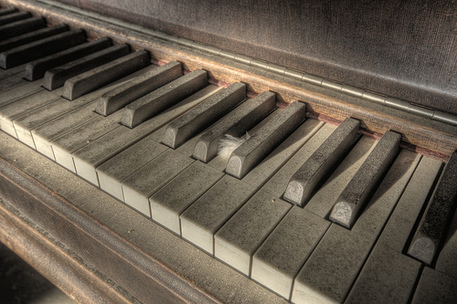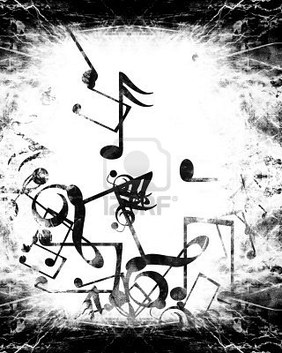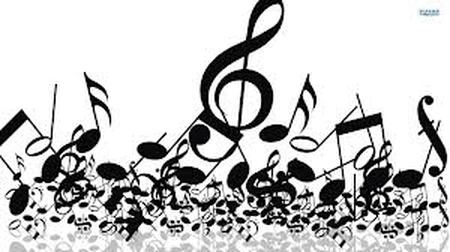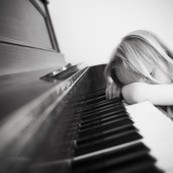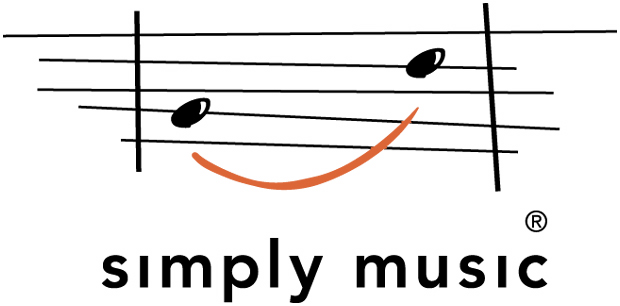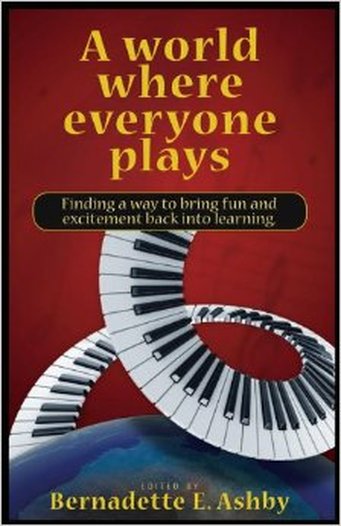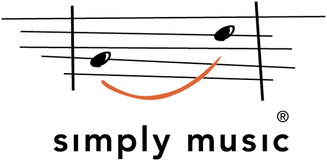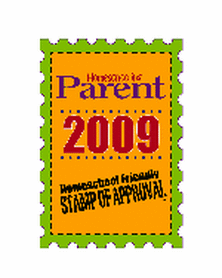Why Simply Music…?
|
Have you ever heard…
“I've always wanted to learn to play the piano.” “I wish I'd continued lessons as a child.” Why is there such a large failure rate for piano lessons?? Why are there so many un-used pianos?? Part of the reason is that people want to PLAY the piano. They want to dive in and be playing real music like blues, classical, and pop from the very beginning… not 6 months later. Simply Music allows students of all ages to actually PLAY the piano from their very first lessons!... Students start a relationship with piano that will last a lifetime! Check out this article... How Traditional Piano Lessons Cripple Our Children ↓ |
Is your piano starting to look like this?
...gathering dust & dirt? Time to dust it off and put it to good use, once and for all! Don't let this happen to your piano! 😆 he he |
Your browser does not support viewing this document. Click here to download the document.
Simply Music… a ‘Playing-Based’ Approach…
|
How does Simply Music’s “playing-based approach” differ from the traditional “reading-based approach” to learning music?…
Most traditional lessons require that students first learn how to read music as the means of learning how to play. This ‘read first, play later’ approach is slow and frustrating, and far too many students never acquire the ability to play. In fact, many lose their desire to learn altogether. Simply Music offers a totally new approach, and has students playing more quickly, naturally, and easily... They get to feel the absolute joy and satisfaction that comes from immediately learning how to play a huge repertoire of great-sounding music! Only after developing a natural connection to the piano and building a broad repertoire, students then go on to learn how to read music in a different and innovative way with greater ease –Their developed ability to play then provides a powerful foundation for moving into even more advanced musicianship. |
|
We have young beginning students playing rhythmic blues/jazz (advanced-sounding, syncopated music) after only 3-4 months of lessons as well as other styles of full-sounding music, proficiently with both hands!
--Not to mention already arranging, improvising, composing, and transposing music on their own... skills that are unheard of for beginners, often never taught until very advanced levels! Students build a repertoire of 30-50 songs in less than a year! No, this is not too good to be true. There really is a better way... |
|
Gone are the relentless hours of drills and boring practice sessions...
It’s called “play” the piano, not “work” the piano
It’s time to learn music from the ‘playground’!
It’s called “play” the piano, not “work” the piano
It’s time to learn music from the ‘playground’!
|
↑
It's a book about Simply Music... A World Where Everyone Plays I have seen the ongoing effects of a steady supply of delight. . . . What would it be like if we all enjoyed a touch of delight each day?
~ Gail K. Efting, Publisher, A World Where Everyone Plays |
The Main Goal of the Simply Music Program… ~To maximize the likelihood of the student retaining the playing of music as a lifelong companion~ Simply Music Produces Students Who… ♫ experience playing as a perfectly natural self-expression ♫ have the ability to play a huge repertoire of great-sounding music at any time or place (with or without music) from many different genres including contemporary, pop, classical, blues, jazz, gospel, ballads, accompaniments, chords, arrangements, etc. ♫ have the ability to self-generate by developing a foundation of applied music theory and structure in order to read, write/compose, improvise, arrange, and transpose music on their own ♫ have the skills and knowledge they need to be able to progress independently on their own ♫ have a highly self-affirming experience with music learning, feeling great about themselves and their ability |
|
Simply Music first translates entire pieces into simple shapes and patterns. Simply Music does not diminish the importance of learning to read music. Instead, the process is temporarily delayed. Composition and improvisation are demystified, by introducing them very early on in the program as something natural and enjoyable. By drawing on some simple principles learned in the foundation pieces and developing these, students learn, through a playful process of experimentation, to create their own unique pieces and arrangements. The accompaniment program equips students with the skills to play in bands and ensembles, opening the door to playing a vast array of popular music quickly through a unique approach that makes it easy to learn all possible chords and chord variations with two simple visual models. The Simply Music method was created by Australian music educator, Neil Moore, and first released in January 1998. Proponents of the method assert that Simply Music differs from traditional programs that, most commonly, fall into three distinct categories: |
Simply Music Wins an Award!!
Simply Music won the 2009 Stamp of Approval award
from Homeschooling Parent magazine for Best Music/Art Curriculum. More kudos...
Mary Pride – Publisher: Practical Homeschool Magazine “I have seen a lot of music programs over the years. Some were fun. Some were clever. Some were thorough. Here’s one that has it all. I think this has every potential of being the number one home-school keyboard-teaching program. In terms of presentation, effectiveness, philosophy – you name it – there’s nothing out there that compares at all!” |
1. Reading-based methods -The majority of all music education programs fall into this category, whereby students ability to play piano is entirely dictated by their ability to read music.
2. Technique-based methods - These programs delay the reading process, but concentrate on developing the technique necessary to elevating to adult, concert-level performance
3. Aural-based methods -These programs focus on developing students' ability to 'play by ear', where their ability to play music is determined by their capacity to establish an aural/physical relationship with the keyboard.
Playing-Based Methodology: In contrast to these distinct education approaches, and acknowledging that certain programs utilize a combination of the above approaches, Simply Music distinguishes itself by presenting a curriculum based on a completely different set of principles.
